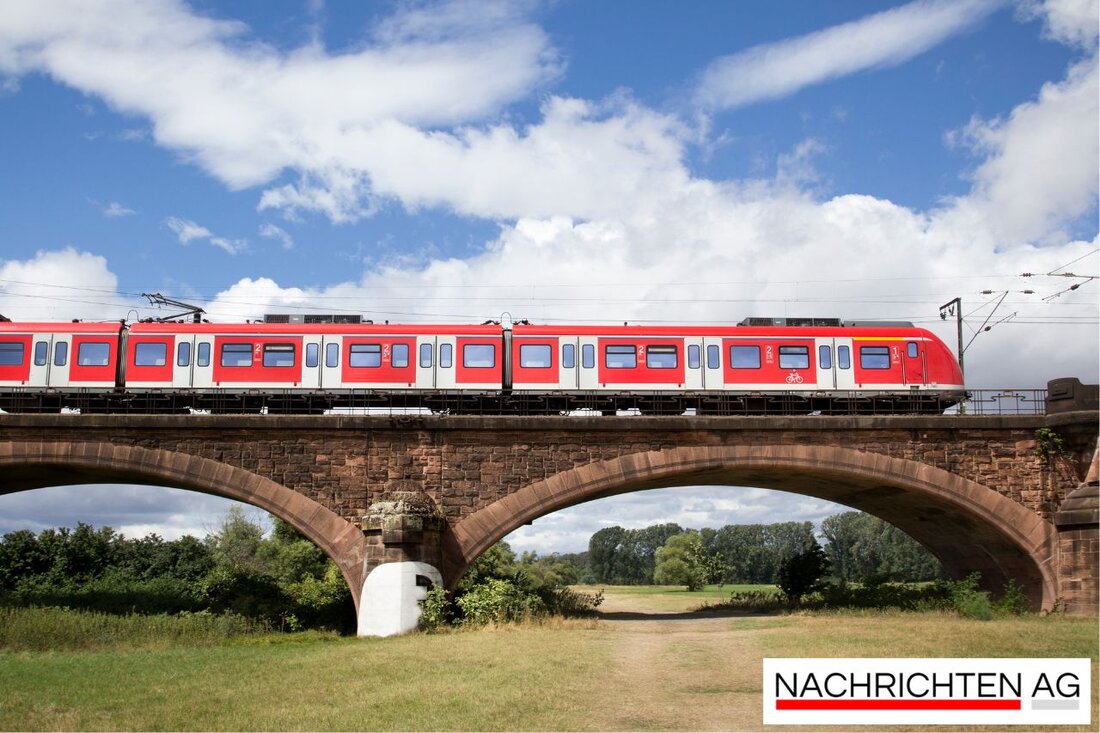Noise alarm on Rügen: Residents fight against shrill railway warning systems!
Noise pollution caused by railway work on Rügen: Residents struggle with nightly noise from the Rottenwarning system until November 14, 2025.

Noise alarm on Rügen: Residents fight against shrill railway warning systems!
In Teschenhagen on Rügen, nighttime rail traffic is currently anything but quiet. A shrill noise has been heard since October 4th, making it difficult for many residents to sleep. A newly installed crowd warning system, which is active until November 14th, accompanies Deutsche Bahn's track and overhead line work. These technical warning systems protect construction workers from approaching trains and are constantly in operation throughout the work.
The volume of the acoustic signals is impressive - it can reach up to 126 decibels, which is roughly equivalent to the noise of a concert. These signals must be at least three decibels above the noise of the construction machinery so that they can be heard even amidst the loud work noises. Some residents have gotten used to the disruption, but still complain about sleep problems. In order to meet the requirements, the warning systems are placed at a distance of 30 meters on the edge of the track. They consist of a horn and flashing light and are designed to adapt to the ambient noise level; they are quieter at night than during the day.
Function of the rot warning system
What exactly is a rot warning system? These technical devices serve to warn construction site personnel of approaching trains and have been extremely important for safety on construction sites since their introduction. The warning systems are installed every 30 meters and can be activated both via cable and wirelessly. This usually happens due to wheel contact in the track bed. When activated, construction workers must stay away from the track to avoid accidents. The optimal functionality of the warning systems is crucial, which is why modern systems have also been able to adjust the ambient noise since 2019 in order to provide the most effective warning possible. Wikipedia explains that the audible warning signals will be used on appropriate occasions and ensure that construction site personnel are warned in good time.
Concern about noise pollution
But noise is not only an issue during construction work. General rail traffic is a significant source of noise. Loud Federal Environment Agency In Germany, over a third of the population is affected by noise caused by the operation of rail vehicles. Residents near European freight transport corridors are particularly affected. Noise work is recorded regularly, particularly in areas with over 30,000 trains per year. For many people, disturbing the peace at night is a serious problem, which is why solutions to reduce noise are necessary.
Deutsche Bahn is aware of the problem and has introduced appropriate guidelines and measures for noise protection and reduction. These include, among other things, the conversion of freight wagons and the use of noise barriers. In view of the ongoing work in Teschenhagen, it is clear that the dialogue between residents, Deutsche Bahn and the responsible authorities is of great importance in order to find solutions that take into account both the safety and quality of life of the residents.

 Suche
Suche
 Mein Konto
Mein Konto